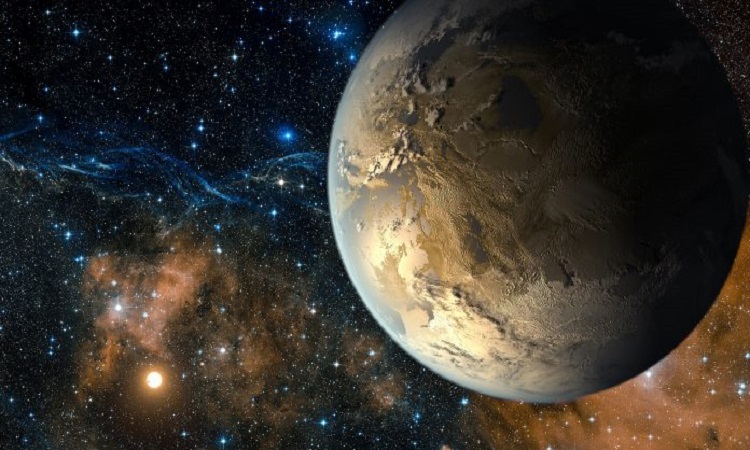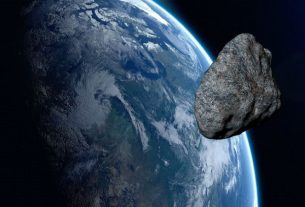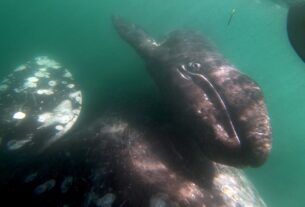A team of astronomers led by researchers from the Instituto de Astrofísica de Canarias (IAC) announces that they have identified two new planets with Earth-like masses orbiting a nearby red dwarf. The two worlds (qualified as exo-Earths) evolve in the habitability zone of their star. Details of the study are published in the journal Astronomy & Astrophysics.
A few months ago, we passed the bar of five thousand clearly identified exoplanets. Since then, discoveries have continued. While most involve hot Jupiters with very inhospitable living conditions, others seem much more interesting in terms of habitability. This is the case here. The discovery was made during a collaboration between the consortia of the two instruments ESPRESSO (Very Large Telescope) and CARMENES (Calar Alto observatory).
The two newly discovered planets orbit the star GJ 1002. It is a red dwarf star located less than sixteen light years from the solar system. These two worlds have masses similar to that of the Earth and they are located in the zone of their star allowing the presence of liquid water on the surface. The first, GJ 1002b, completes an orbit in just over ten days. The second, GJ 1002c, takes twice as long.
“GJ 1002 is a red dwarf star, barely one-eighth the mass of the sun. It is a fairly cold and faint star. This means that its habitable zone is very close to the star,” explains Vera María Passegger, co-author of the study.
What potential for habitability?
The proximity of the star to our solar system implies that these two exo-Earths, in particular GJ 1002c, are excellent candidates for the characterization of their atmosphere from either their reflected light or their thermal emission.
The future ANDES spectrograph of the ELT telescope could study the presence of oxygen in the atmosphere of GJ 1002c. Both planets also fulfill the characteristics required to be targets for the future LIFE mission, currently in the study phase, or by the James Webb Telescope, which recently turned its gaze to Titan.
It remains to be seen whether the environment of this system can truly support life, because the case of red dwarfs still questions exobiologists. Very common (about 75% of stars in the Milky Way), these stars are indeed much more active than yellow stars similar to the Sun, emitting huge stellar flares and powerful X-rays. These stars being smaller and cooler , the planets must then come closer together to be potentially habitable (as is the case here), thus exposing themselves more to the wrath of their host.




